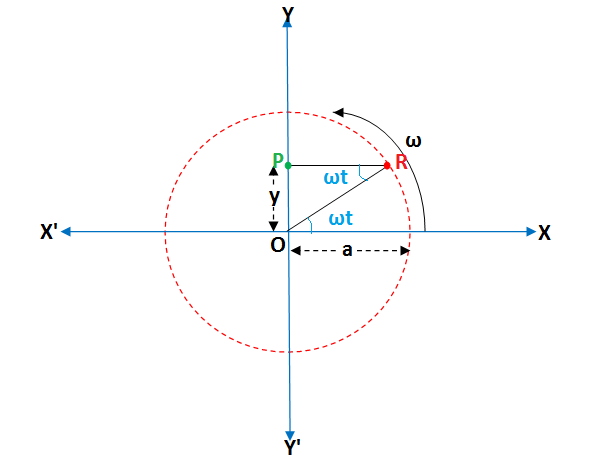Question #d1df7
2 Answers
(a) 0.25 m
Explanation:
Time period = 1.6 s
Angular frequency,
Since we know the object passes the equilibrium with a velocity of 1.0 m s⁻¹ that is the object's maximum velocity.
Use this equation to solve the problem:
So the answer is (a)
Option ( B)
Explanation:

Let the object
Considering that time count is started when the object is at origin. So we can write the equation for displacement
Here origin is also its equilibrium position and It returns repeatedly to this position after each complete oscillation for 1.6s.
So the velocity
Now it is given that the velocity of the object after passing the equilibrium position by
So we can insert


